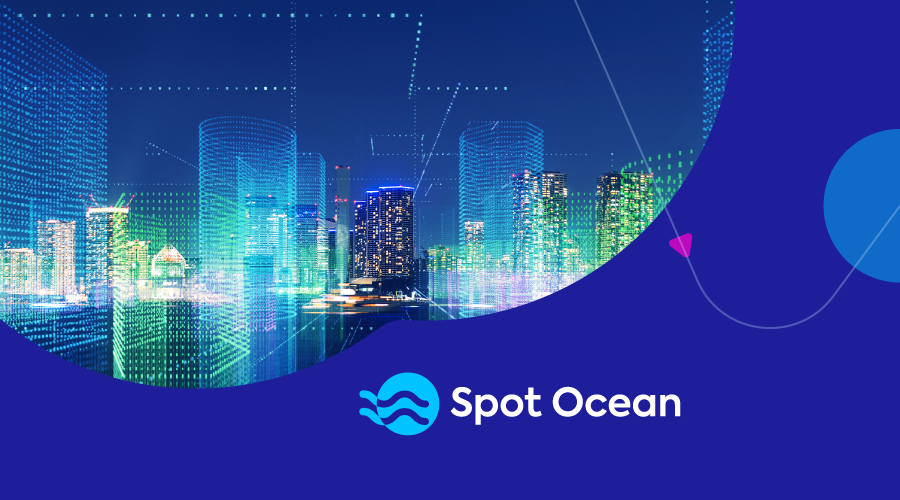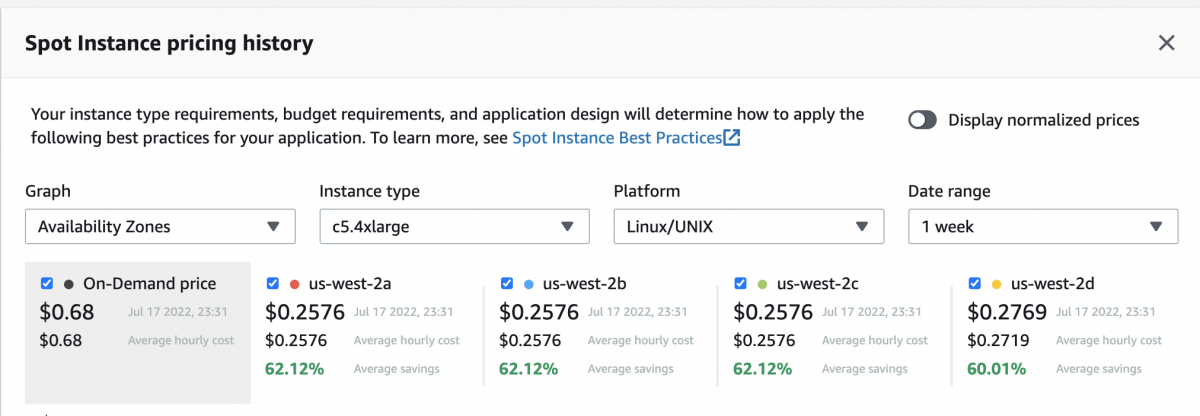
Running containerized workloads on Kubernetes has become a widespread practice for many organizations. There are several types of workloads that can run on any architecture (“multi-arch”), and each architecture (ARM and x86) has its own benefits in terms of cost, performance and availability. By using Spot Ocean, organizations can now achieve even greater savings when these workloads are running.
There are many benefits of managing multiple-architecture infrastructure, but it does come with its own set of challenges. The ability to run on a wider set of instance types empowers organizations with a wider pool of types to scale from; however, they then face the volatility and changes in spot resource pricing and availability. Compared to on-demand resources, finding a balanced “sweet-spot” may not be feasible without proper automation and optimization tools.
Managing one multi-architecture Virtual Node Group is easier than managing multiple Virtual Node Groups for each architecture separately. With a single Virtual Node Group, Ocean will automatically choose the best architecture in terms of cost savings in comparison to on demand pricing and availability. Additionally, organizations using Ocean don’t need to worry about managing different node groups or configurations. This can save time and effort in maintaining Kubernetes infrastructure configuration.
To address the challenges of managing multiple VNGs and balancing cost and availability with optimization and automation, Ocean is introducing a new and unique ability to run multi-architecture Virtual Node Group on x86 and ARM. With this new capability enabled, Ocean will launch the node on the architecture that will drive the best results that balances between cost and availability, according to the cluster orientation. This allows organizations to run workloads on a mixture of architectures without the need to manage multiple Virtual Node Groups.
Let’s look at an example:
Graviton – C6G.4Xlarge
C5.4xlarge
From the example above, we can conclude that although the Graviton instance has a cheaper on-demand price than the non-Graviton c5.4xlarge, the spot price is cheaper for the c5.4xlarge in all but one availability zone. For AWS customers that have been considering using both architectures, Ocean now gives the option, on the VNG level, to choose automatically and dynamically the best cost-availability instance type.
Realize deeper optimization
As mentioned, one of the key benefits of running multi-architecture node pools is cost savings. This new feature gives Ocean a wider pool of markets to scale from. Even in an extreme case when there are no spot instances available, and Ocean falls back to on demand, the possibility that Ocean will be able to revert to spot instances is higher.
How does it work?
Once an additional image has been selected, the multi-architecture Virtual Node Group automatically selects the best instance type to launch among the full instance types regardless of the architecture. It is important to set the node selector on the workload and the node label on the VNG level to make sure the multi-architecture VNG is scaling for those relevant workloads. See API documentation or Terraform.
An ocean of opportunities
The ability to run multi-architecture Virtual Node Groups in Ocean is a powerful feature that can help organizations drastically reduce costs and simplify configuration management. By leveraging a mix of architectures, organizations can optimize infrastructure for specific needs and ensure that workloads are always running on optimal nodes. If your workloads can run multi-architecture, you should consider taking advantage of this feature in Ocean to further improve your infrastructure costs, performance, and availability.
Learn more about Ocean or schedule a demo.



